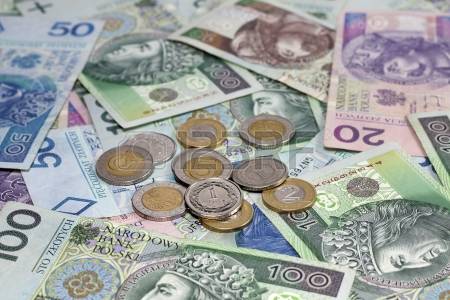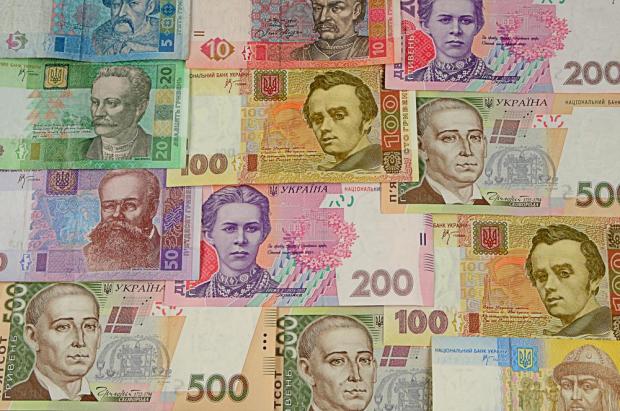Gabriel Morris
Poland’s economy is a mixed economy that includes private freedoms and also central planning and government regulation. Poland was once communist, but after the 1989 free elections Poland has moved towards a more free-market economy. Being a mixed economy means that Poland uses aspects of both capitalism and socialism. In a capitalist economy there is little to no government regulation on business. The factors of production are controlled by owners of the businesses and their end goal is to make a profit. Under socialism there is heavy centralized government planning. The factors of production are controlled by the state and their end goal is to try to take care of as many peoples’ needs as possible. The aim of the Polish economy is to allow people to make profit in private industry but also provide for people in need. Since Poland is a mixed economy, it pulls aspects from both capitalism and socialism. While most businesses in Poland are private, there are state owned enterprises that compete in the economy. This means that while the factors of production are mostly controlled by private entities, some factors are controlled by the state. Because Poland is a market economy but with social programs, the type of capitalism with the most influence on Poland is welfare capitalism. Government also invests in economic infrastructure and certain crops are subsidized by the EU. Poland’s economy has strong ties with Germany’s economy, so Poland will often mimic German Policies. Poland has also become more ingrained in the EU economy as a result of their economy policies and close economic relationship with Germany. Poland was also the only EU country to avoid the recession in 2008. Polish economy has performed well in recent years, growth slowed in 2013 and then picked back up in 2014. Poland’s right of center Law and Justice government plans to create economic policies to help with long-term growth, but social programs are expected to increased deficit spending. Poland also faces several challenges, such as weak road and rail infrastructure, strict labor code, government red tape, and heavy taxes, especially for entrepreneurs and businesses. If Poland can confront these Problems, they could very well become a major European economic power.

Works Cited
Alessi, Christopher. “Poland’s Economic Model.” Council on Foreign Relations, Council on Foreign Relations, http://www.cfr.org/poland/polands-economic-model/p29506. Accessed 18 Mar. 2017.
“Poland.” Global Edge, U.S. Commercial Service, globaledge.msu.edu/countries/poland/memo. Accessed 18 Mar. 2017.
“The World Factbook: POLAND.” Central Intelligence Agency, Central Intelligence Agency, 12 Jan. 2017, http://www.cia.gov/library/publications/the-world-factbook/geos/pl.html. Accessed 19 Mar. 2017.

